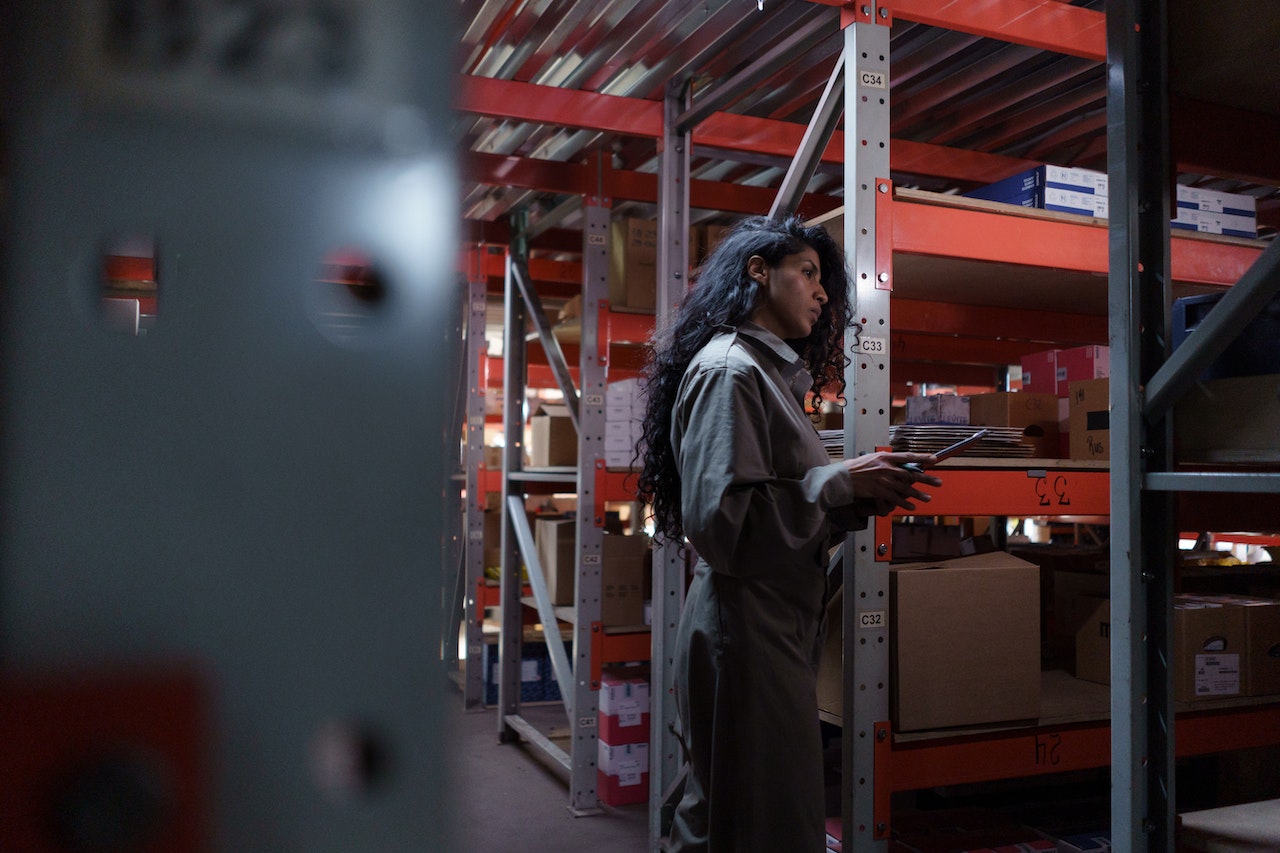 Even if you enjoy everything about your employment in a warehouse setting, it’s natural to have concerns about your safety and well-being. There is trouble lurking around every corner, ranging from forklift accidents to slip and fall accidents — and that’s just the start.
Even if you enjoy everything about your employment in a warehouse setting, it’s natural to have concerns about your safety and well-being. There is trouble lurking around every corner, ranging from forklift accidents to slip and fall accidents — and that’s just the start.
On the plus side, there are many steps you can take to enhance worker safety in a warehouse setting. Not only does this improve your ability to remain safe, but it does the same for your co-workers.
Here are five steps you should consider taking (or talking to your company about).
Table of Contents
1. Review your safety handbook
It may be a bit much for you to memorize your company’s safety handbook, but you should definitely have a solid grasp of the primary points. These are the details that affect you on a day-to-day basis.
The biggest mistake you can make is assuming that you know everything. There are likely to be finer details that you’ve forgotten or overlooked in the past. A thorough review of your handbook will give you confidence and peace of mind. And of course, it may lead you to ask questions of your supervisor. Doing that could help someone else avoid a safety hazard.
2. Point out potential risks to your employer
You are the person who is working in the environment every day. You know the potential risks more than anyone else. And for this reason, you need to be the person — along with your co-workers — who point out any risks to your employer.
Adding to this, don’t waste any time sharing what you see. The longer you put off reporting a safety risk the greater chance there is that it will lead to an accident.
Your employer should have a formal system for reporting safety risks. Follow the procedure that’s in place to ensure that every risk is managed appropriately.
3. Use the proper equipment
There are all types of equipment you can use to maintain a high level of safety in a warehouse setting. For instance, if you need to move a heavy object, it’s better to use a forklift than to attempt to lift it on your own. You don’t want to put your health at risk when there’s a piece of equipment that can do the job for you.
Keep in mind that new equipment is coming to market every year. For example, exoskeletons from Sarcos are growing in popularity. You never know what your company is willing to invest in until you discuss what you need. Don’t be afraid to share your thoughts.
4. Follow safety protocols
Your employee has an obligation to outline safety protocols and ensure that all employees are following them. And as a worker, it’s your obligation and responsibility to follow every protocol to the best of your ability. Not only does this keep you safe, but it does the same for your co-workers.
Note: safety protocols can and will change from time to time. If your employer notes that a protocol is changing, ask questions and then take the necessary steps to implement them.
5. Stop if you feel threatened
No matter how safe you are, there will be times when you feel threatened. This may not happen often, but when it does you should take immediate action. Walk away from the situation to maintain your safety. Report the risk to your supervisor and ensure that they do something about it before you continue to work.
Warehouse threats come in many different forms. For example, you may feel like you’re being asked to use equipment that is not safe. You may find that a particular job doesn’t fit your skill set.
As a warehouse worker, live by the mantra that it’s better to be safe than sorry. There’s never a good time to take a risk with your health and well-being.
Final thoughts
These aren’t the only ways to enhance worker safety in a warehouse setting, but they’ll definitely put you on the right track. In addition to these steps, consider the companies, such as Sarcos, that are making products that can help reduce injuries.
Do you currently or have you previously worked in a warehouse setting? Did you ever suffer an injury?







